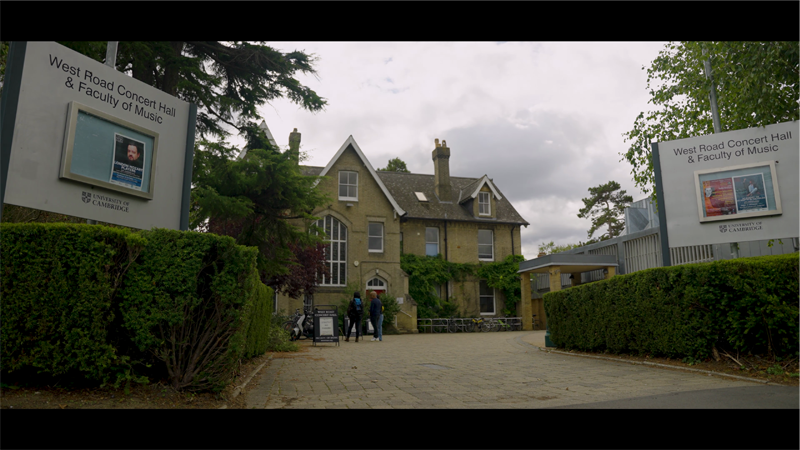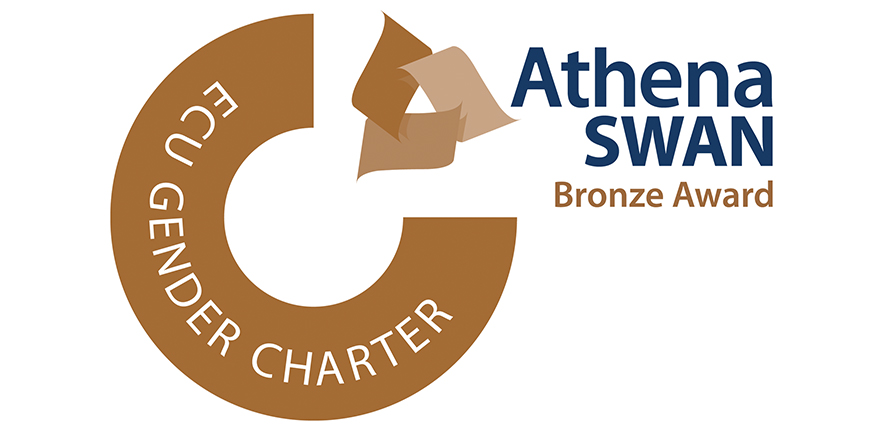In this lecture, I focus more closely on singing and dancing embodiment as a site for the world-making I introduced in the first lecture. As a case study, I discuss the practice of performing Haudenosaunee-style personal war songs in negotiations to form multi-Indigenous/European military coalitions during the Seven Years’ War. French and British colonial archives extensively document these intercultural rituals that the French termed “chanter la guerre.” However, missionaries’ and officers’ writings often furnish more performance details than official records, so I turn to French officers’ writings and to war song transcriptions for information on performances by Montcalm’s officers in negotiations convened in 1756-57. In fact, Bougainville performed his personal war song several times, including in his ceremonial adoption by the Kahnawá:ke Kanien’keha’ka (Caughnawaga Mohawk) Turtle clan. His learning to embody Haudenosaunee men’s ways of singing in war councils and adoptions conformed to longstanding Six Nations protocols for forming alliances, and it furthered French military aims. Yet Bougainville’s and Montcalm’s writings suggest their discomfort with the intimacy and indistinction between Indigenous/European combatants entailed in “chanter la guerre.” I read their discomfort as responding to the contradictions of forming intercultural alliances in a colonializing zone.



